
Usefull Information - Surfaces
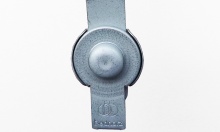
Galvanisation (seals / fasteners)
During the galvanisation process, steel for seals and fasteners is coated with a thin layer of zinc, in order to protect it from corrosion. Galvanised products are not food safe.
Galvanised seals: Bednorz-Seal
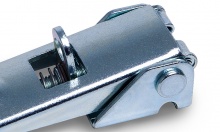
Chromate conversion coating - blue/clear (fasteners)
Chromate conversion coating is a type of surface finishing. This process employs chromic acid to coat metal surfaces with a layer of chromate. It provides corrosion protection; it can also be used as a primer for subsequent coatings or to prevent tarnishing.
more info
...close
We use the terms blue and clear chromate conversion coating for the same type of surface finishing. The item acquires a slight blue hue, without losing its metallic appearance. The corrosion protection properties of this process are lower than those of yellow chromate conversion coating.
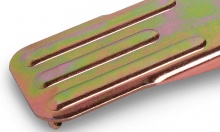
Chromatating yellow (fasteners)
Chromate conversion coating is a type of surface finishing. This process employs chromic acid to coat metal surfaces with a layer of chromate. It provides corrosion protection; it can also be used as a primer for subsequent coatings or to prevent tarnishing.
more info
...close
Yellow chromate conversion coating gives items a hue similar to brass, just that the colouring is often slightly uneven, with shades of red and green. This method protects extremely well against corrosion.
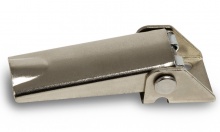
Steel nickel - plated (fasteners)
Nickel plating is a commonly used method to protect steel against corrosion. Various surface finishes can be achieved as required (matt, semi-gloss, gloss, black).
more info
...close
To increase corrosion protection, nickel is often used as part of a multilayer system, in combination with copper or chrome.
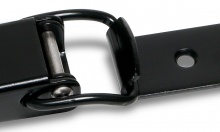
Steel powder - coated (fasteners)
Powder coating is a type of surface finishing that is now commonly used. As opposed to conventional paints, coating powders are applied electrostatically, without the need for solvents. Powder paint is therefore lower in emissions and comparatively environmentally friendly.
more info
...close
Powder coatings can be applied thickly and are highly flexible. This ensures excellent corrosion protection, as well as high resistance to mechanical stress, weathering and acid degradation.
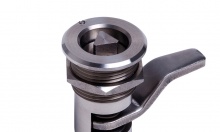
V2A / steel (fasteners)
V2A is a popular stainless steel. It is not only resistant to water, steam or humidity, but also to weak organic and inorganic acids as well as very high and extremely low temperatures.
more info
...close
In addition, it has very good polish ability, and particularly good deformability through deep drawing, folding, roll forming, etc. V2A steel is used, among other things, in the food, pharmaceutical and cosmetics industries, in chemical apparatus construction, in vehicle construction, also for surgical instruments and in sanitary facilities.
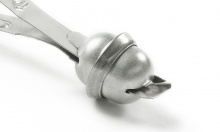
Tin-coat (seals)
During the tinning process, metal is coated with a thin layer of tin. The corrosion resistance of tinned metals is slightly weaker than that of galvanised steel, however tinned seals are safe for use with foodstuffs.
more info
...close
Tinned Seals: Tyden Ball Seal.

Tinning (cable seals)
Security seals manufactured from sheet steel are tin plated. This provides protection against corrosion and surface is food safe.
Tinned seals: Tyden seal, Bednorz-Seal.
